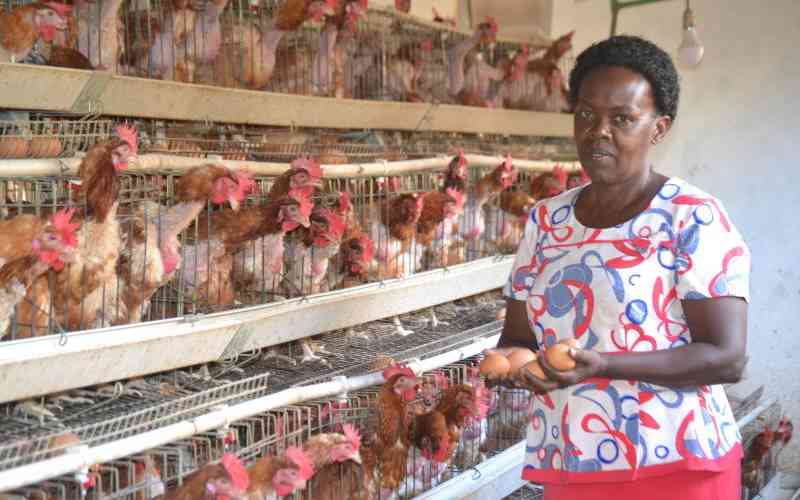The term Ascites refers to accumulation of fluid in the abdominal cavity because of heart failure. It is also commonly referred to as water belly. Although most people refer to it as a disease, it is a metabolic disorder that is commonly seen in fast growing birds during the cooler months of the period. Broilers by their nature are fast growing birds, they can double their day- old weight by day 4 and by day 7, they will weigh 4 times their placement weight.
Causes of water belly
Water belly condition occurs when the heart is unable to pump enough blood through the lungs, this then creates back up pressure from the lungs, through the heart, liver, blood vessels especially around intestines. This pressure results in fluid being squeezed out of the veins into the abdominal cavity creating ‘water belly’. This condition is also referred to as pulmonary hypertension.
If birds are reared properly and organs are fully developed, the heart can accommodate any pressure, and rarely do you see birds succumbing to hypertension. However, when there is an excessive increase in demand for oxygen coupled with factors of errors that farmers do during the cold season can exacerbate the condition. The following situations will cause an increase in oxygen demand and tilt the heart into pulmonary hypertension.
Follow The Standard
channel
on WhatsApp
Chilling chicks during cold weather. Fully feathered birds can comfortably regulate their body temperatures and generate internal heat to keep warm, however, if temperatures fall below 21 degrees Celsius, there is an upsurge in Oxygen demand leading into water belly. During cold season, farmers tend to close the units diminishing the supply of oxygen, this can trigger ascites, try to avoid chilling of birds by providing more warmth.
Fluctuating brooding temperature. Birds can withstand a constant low temperature and adjust, accordingly; however, they are extremely sensitive to fluctuating temperatures. Rise and drops of 3 degrees Celsius can cause an increase in oxygen demand. If day temperatures rise to 27 and in the night drop to 16 degrees, this will be a disaster to young birds.
Poor air quality. In addition to proper temperature regulation, air quality and ventilation needs to be considered. Ventilation distributes heat evenly throughout the house and maintains optimum air quality in the brooding area. If the chicken house has excessive ammonia, or extremely dusty air, the lungs will have a problem getting enough oxygen, this net demand of the same will lead to ascites. In extreme cases of ammonia, the lung tissues get damaged and result into increase demands, ammonia levels should be kept below 10 ppm always. “Minimum ventilation” should always be provided to remove waste gases and moisture from the units.
Management stress. Managers or poultry attendants must be well conversant with the flock or individual birds’ requirement and be ready to offer responsive management actions that will reduce stress. The following stressors will lead to higher oxygen demand as the birds struggle to cope with unusual occurrences. These include high stocking density, inadequate ventilation, extremely bright lighting, inadequate feed and water supply, suboptimal nutrition, poor health and welfare issues. These will ultimately trigger ascites in fast growing birds.
In summary. During the cold weather it is imperative that brooding temperatures are constantly monitored and never to go below 21 degrees Celsius, supplement more burners in the unit if need be. Maintain minimum ventilation in the poultry unit throughout the rearing and finishing phases, do not cover the units with impermeable curtains like plastic in the guise of reducing cost of brooding, ascites kills big birds that have taken quite a chunk of your feed.
Keep your litter dry all the time to minimize ammonia build up, remember good air quality will lead to less damage of lung tissues that are important for oxygen exchange. It’s important to reduce stress to birds during cold season. Ensure feed and water are available all the time, reduce light intensity to level of one candlelight, walk the birds at least twice per day in the unit. Boost diet with supplementary vitamins and minerals during this period.
Follow The Standard
channel
on WhatsApp
By Dr Watson Messo


